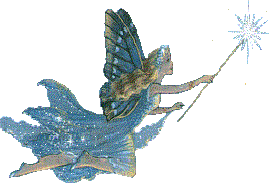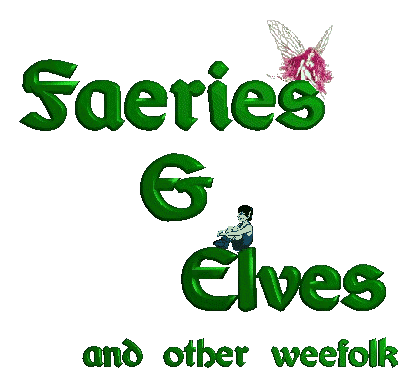


fair-y n. pl -ies A tiny being capable of working either good or ill magick.
elf n. pl elves A being with magickal powers, often mischievous
 t the dawn of history, before the world
was categorized and regulated by mortal minds, before solid bondries
formed between the mortal world and any other, fairies roamed freely
among men, and the two races knew each other well. Yet the knowing was
never straight forward, and the adventures that mortals and fairies
had together were fraught with uncertainty, for fairies and humans
were alien to each other.
t the dawn of history, before the world
was categorized and regulated by mortal minds, before solid bondries
formed between the mortal world and any other, fairies roamed freely
among men, and the two races knew each other well. Yet the knowing was
never straight forward, and the adventures that mortals and fairies
had together were fraught with uncertainty, for fairies and humans
were alien to each other.Humans were uneasy at this time. Small creatures on a vast wild planet, they set out to create an orderliness -to define themselves and the creatures around them, to structure countries, and kingdoms, to establish hierarchies among themselves so that each would know his place and all would know the patterns that prevented anarchy.
The fairy nature, in contrast, was essentially fluid and uncertain, marked by sudden change without adequate reason. Fairies existed in human form, sometimes magnificant, sometimes grotesque. But if they desired, fairies could also assume the shapes of deer or falcons, flames or flowers, or jewels. At times they cloaked themselves in invisibility. They lived on a plane that was linked to the physical world that humans knew, but their realm was endowed with other dimensions. The fairy kingdom appeared and disappeared between one blink of an eye, in a way that disturbed humans. Fairies inspired speculation. Mortals recorded their glimpses of fairies in songs, tales, and poems. Naming came first. To know a name gave the knower some measure of control over the thing named.
The sources of their names were ambiguous as well:
| SOURCE:
Spain Italy France English Scandinavia Scottish Wales Irish Russia Ancient Greece German Norway |
NAME:
fada fata f èe faery alfar huldra Seelie Court- Unseelie Court- Kelpies Tylwyth Teg gwyllion Daoine Side leshiye(singular-leshy) polevik spirit vodianoy nymphs dryads (drus) hamadryads kornbocke fossegrim | (both derived from Latin fatum or "fate")in recognition of the skills fairies had in predicting and even controlling human destiny (derived from the Latin word fatare via the Old French word fè er meaning "to enchant" F è erer referred to the fairies ability to alter the world humans saw-to cast a spell over human vision. encompassed both the art of enchantment and the whole realm in which fairies had their being. "fairy" and "Fay"-other derivatives, referred only to individual creatures. The other common English term for an individual fairy was "elf" derived from the Nordic languages reaching England when the Norse invaded England. which meant "elves" which since fairies were tied to things of earth,-had to do with mountains and water. The alfar were divided into good and bad branches; the Light Elves (air dwellers) and the Dark Elves (whose kingdoms were underground) forest nymphs Blessed Often thought of as being vengeful ghosts of dead mortals Fair Family Dwellers of the Fairy Mound meaning "tree" (body merged with bark and leaves woodelves(used holes in trunks for doorways) waterfall nymphs |
 airies were descendents of the spirits
who, at the beginning of time, ensouled all nature. They were the
guardians of forest and field, of forest pool and mountain stream.
They inhabited seas, streams,forests,fields,trees,lakes,waterfalls,
and the sky. Although they showed some power of Faerie, such as
ability to become invisible or to appear in various shapes, solitary
fairies were wild creatures, and their meetings with mortals were rare
compared with those of their relatives. The presence of a solitary fairy
was most often announced, not by the sighting of one, but by the evidence
of the creatures activity: the bending of grass as a fairy passed over it,
soughing sounds in tree branches, glittering frost patterns etched on window
panes.
airies were descendents of the spirits
who, at the beginning of time, ensouled all nature. They were the
guardians of forest and field, of forest pool and mountain stream.
They inhabited seas, streams,forests,fields,trees,lakes,waterfalls,
and the sky. Although they showed some power of Faerie, such as
ability to become invisible or to appear in various shapes, solitary
fairies were wild creatures, and their meetings with mortals were rare
compared with those of their relatives. The presence of a solitary fairy
was most often announced, not by the sighting of one, but by the evidence
of the creatures activity: the bending of grass as a fairy passed over it,
soughing sounds in tree branches, glittering frost patterns etched on window
panes.The faerie was a different matter. Known as trooping fairies, these beings were descended from ancient vanqueshed gods. They were a powerful race dwelling in underground kingdoms or across the deepest seas. To mortals they were objects of desire and sometimes fear.
The trooping fairies of field and forest preserved the habits of their ancestors. They spent their days with music, feasting, sport and war. They were comely of feature, donning a garb of petals and thistledown. But they were a race in decline. Mortals who glimpsed their kingdoms, sometimes reported seeing fairy funerals-proof that while fairies were long lived, they were not immortal.
For centuries, folk searched for signs of fairy life in forest and hedgerow on such nights as Midsummer Eve. No more than a trembling leaf or a faint glow near the ground might betray the presence of tiny fairy troops. When a mortal ventured close, the fairies would quickly vanish. But a person who approached gently might hear a few notes from a miniature flute and see the sparkle of revelry for an instant before all went dark. In truth, the forest fairy was more often heard than seen. He was capable of providing all the sounds of nature, that stirred the forest- sighing of the wind, rustling of leaves, pattering of rain. Huntsmen and woodcutters who traveled the forest knew better than to trust what they heard in the forest. They knew the mortal who attended the whispers and mumbles of fairies might be lured off the narrow path and into real danger. If on Midsummer's Eve a wreath of lights glittered on the grass of a meadow, wise mortals drew away. The light was a fairy ring of elvin dancers, and a mortal who stepped within it's glow would be imprisoned in the fairy world. From time to time anxious mothers claimed bands of trooping elves raided country hamlets stealing healthy babies to strengthen the dwindling fairy stock. Another danger posed by the fairy world was that of eating elvish food. It was said that doing so made mortals partake of the fairy nature and thus trapping them forever in fairyland. It was also said that one taste of the food made mortals pine for a second taste and that the pining could kill them.




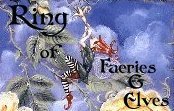






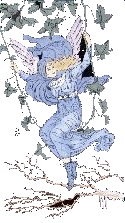
|
|
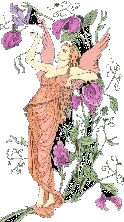
|

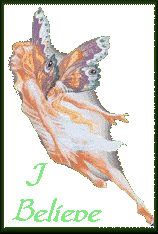

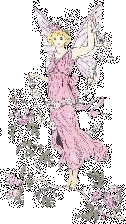
|
|

|
||||

Adopted Faeries, Elves, and Guardians
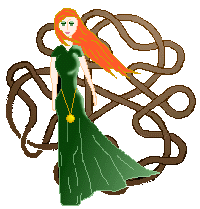
Siobhan
Celtic Guardian
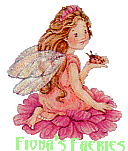 |  | 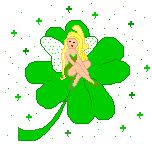  |  |

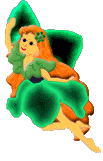 | 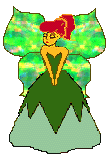 | 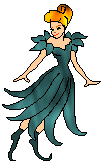 |  |



 |
This
Fairylands site is owned by Cinnamon. | Previous | Next |
| Back Two | Skip Next | ||
| Random | Next Five |

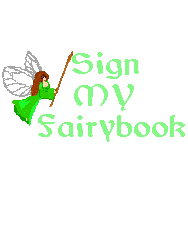

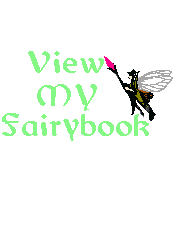

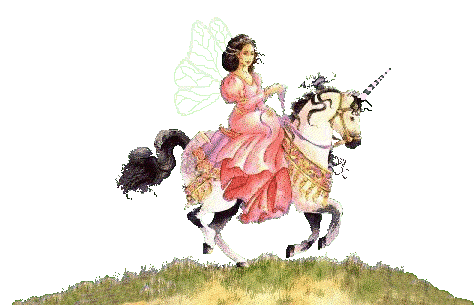



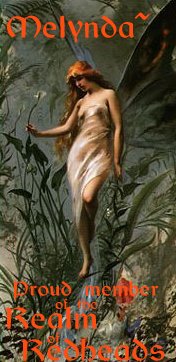

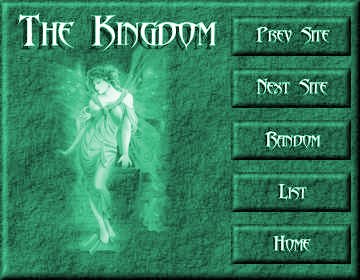




 Main Page Main Page |
 Seasons and Elements Seasons and Elements |
 Faeries, Elves and other Weefolk Faeries, Elves and other Weefolk |
|---|---|---|
 Astrology Astrology |
 Mythical Beings Mythical Beings |
 The Ocean and other Water Fantasies The Ocean and other Water Fantasies |
 Magick and the Craft Magick and the Craft |
 Goodbye Goodbye |
